
The gallery contains a collection of photographs published in issues of the SAMUDRA Report and the Yemaya Newsletter, as also other ICSF publications, workshops and meetings over the years. Also to be found are more general images of fishing and fishworkers in action across the world. There are about 10,000 photos from 64 countries. The photo database is searchable by caption, country and photographer. All images are free for download, though users are requested to credit the photos to ICSF and the respective photographer.
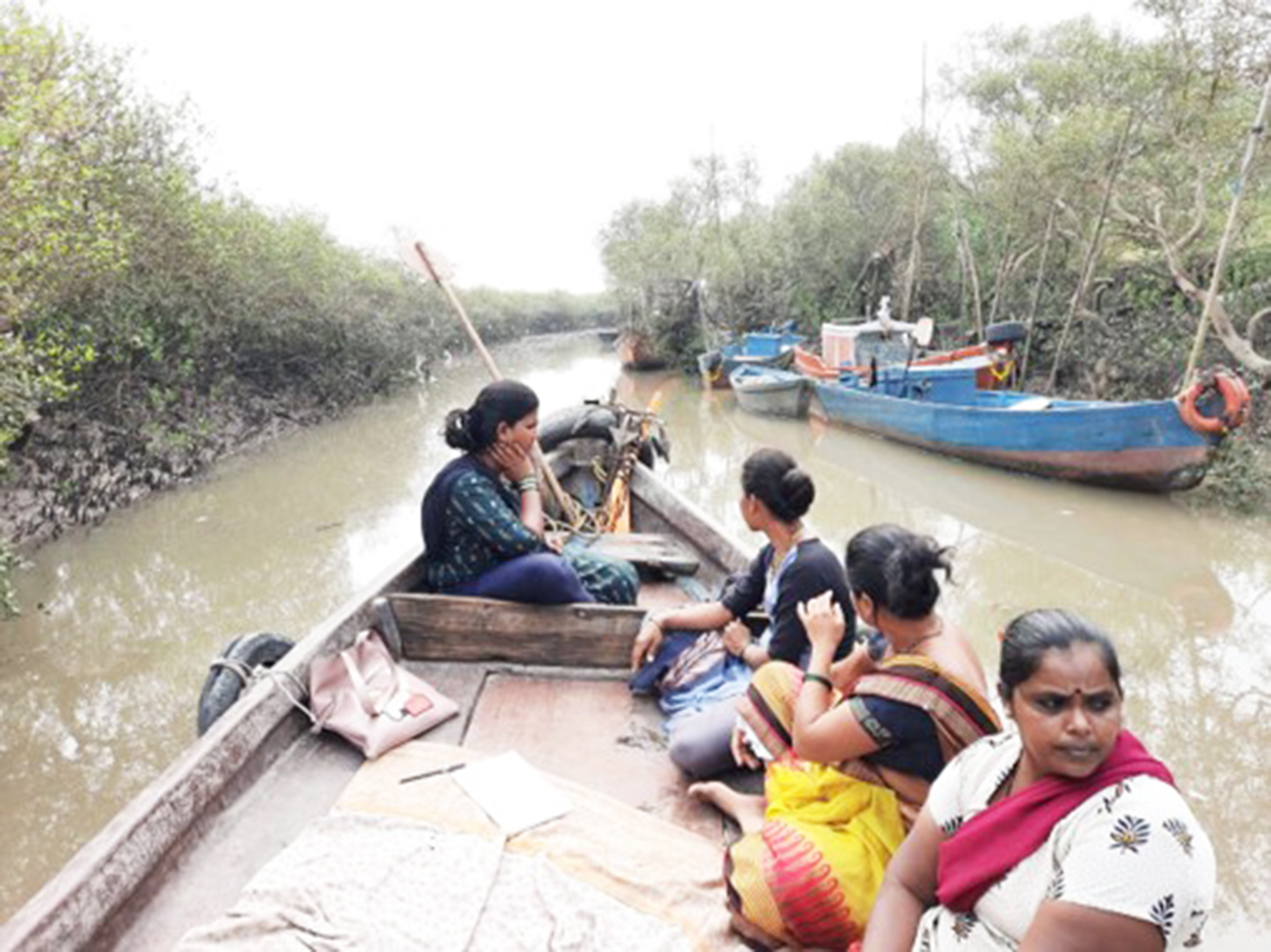
Women gillnet fishers, Raigad, Maharashtra, India. Women mend and make nets, they collect seed, they sort fish when landed, they auction fish and they engage in vending both in markets and door-to-door. They also do fishing.
Photo credit: Priyanka Ajay Nakhawa / ICAR-CIFT and ICAR-CIFE
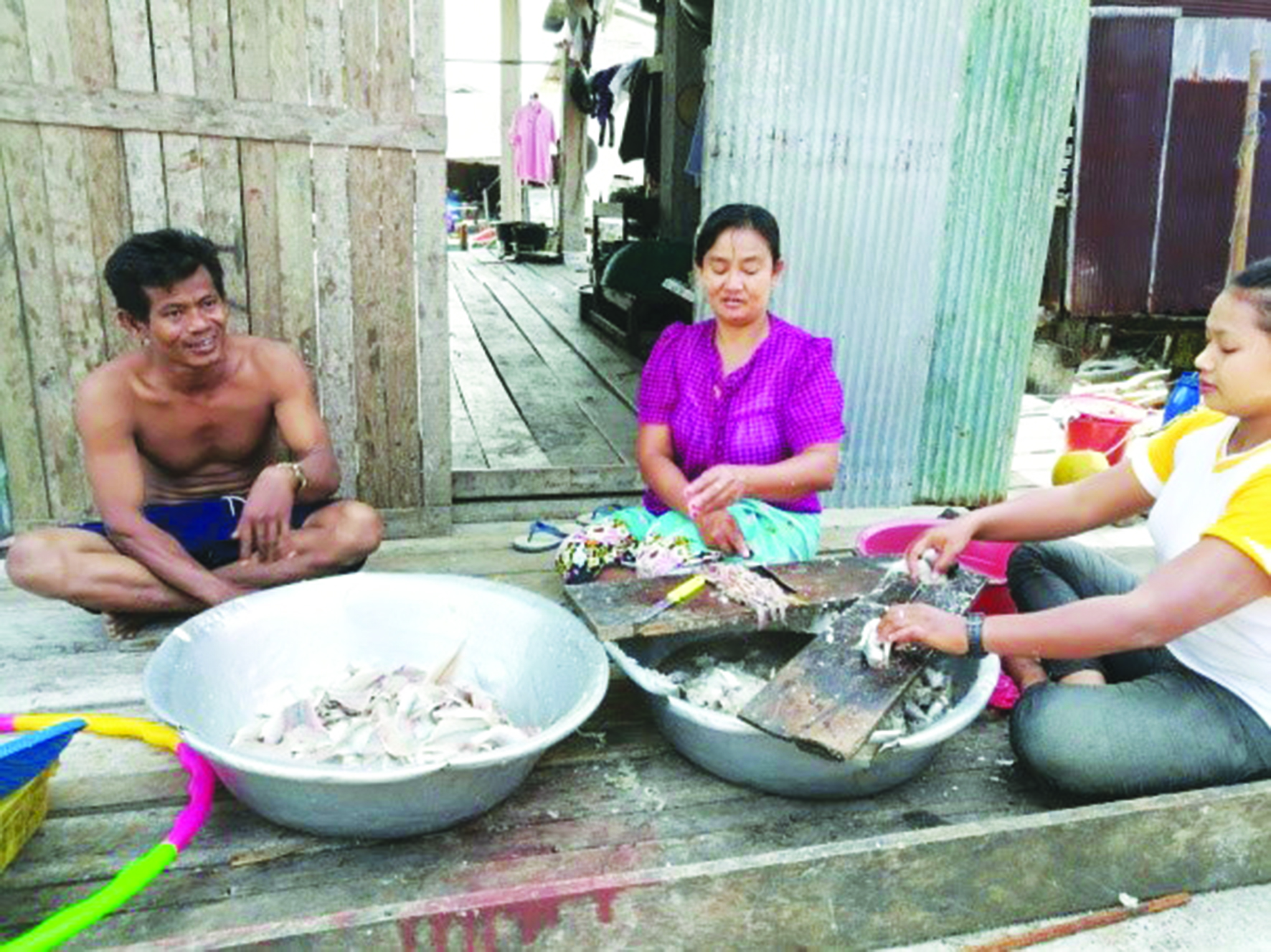
Cutting fish for processing in Myanmar. Women’s contributions in the fisheries value chain are not well recognised, even though there are many tasks in the fisheries value chain involving women.
Photo credit: SEAFDEC
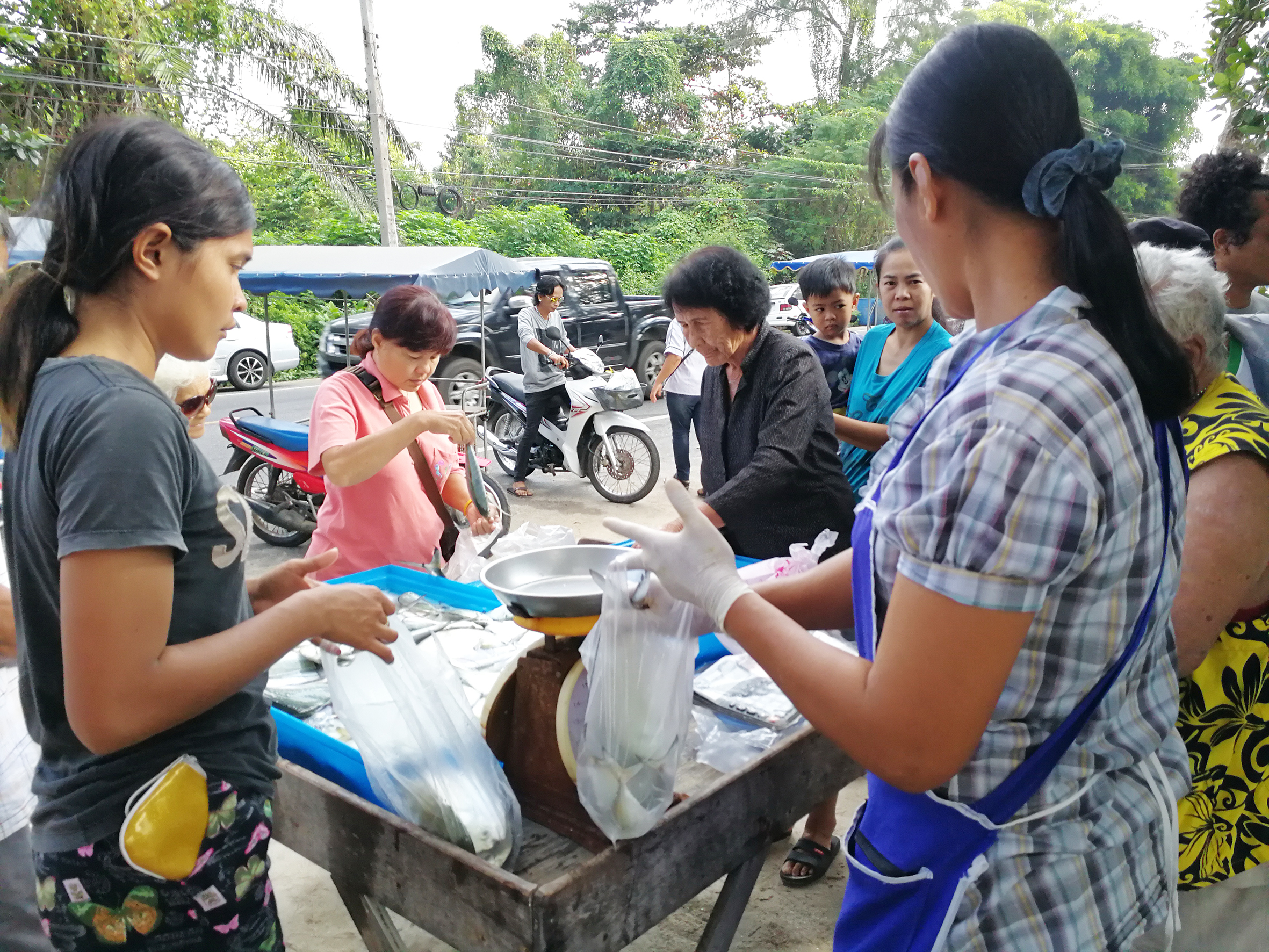
Street fish sale, Thailand. Fishery policymakers are required to better recognise the diverse roles and perspectives of men and women in fisheries to achieve equitable outcomes and livelihood sustainability goals in fishing communities.
Photo credit: SEAFDEC
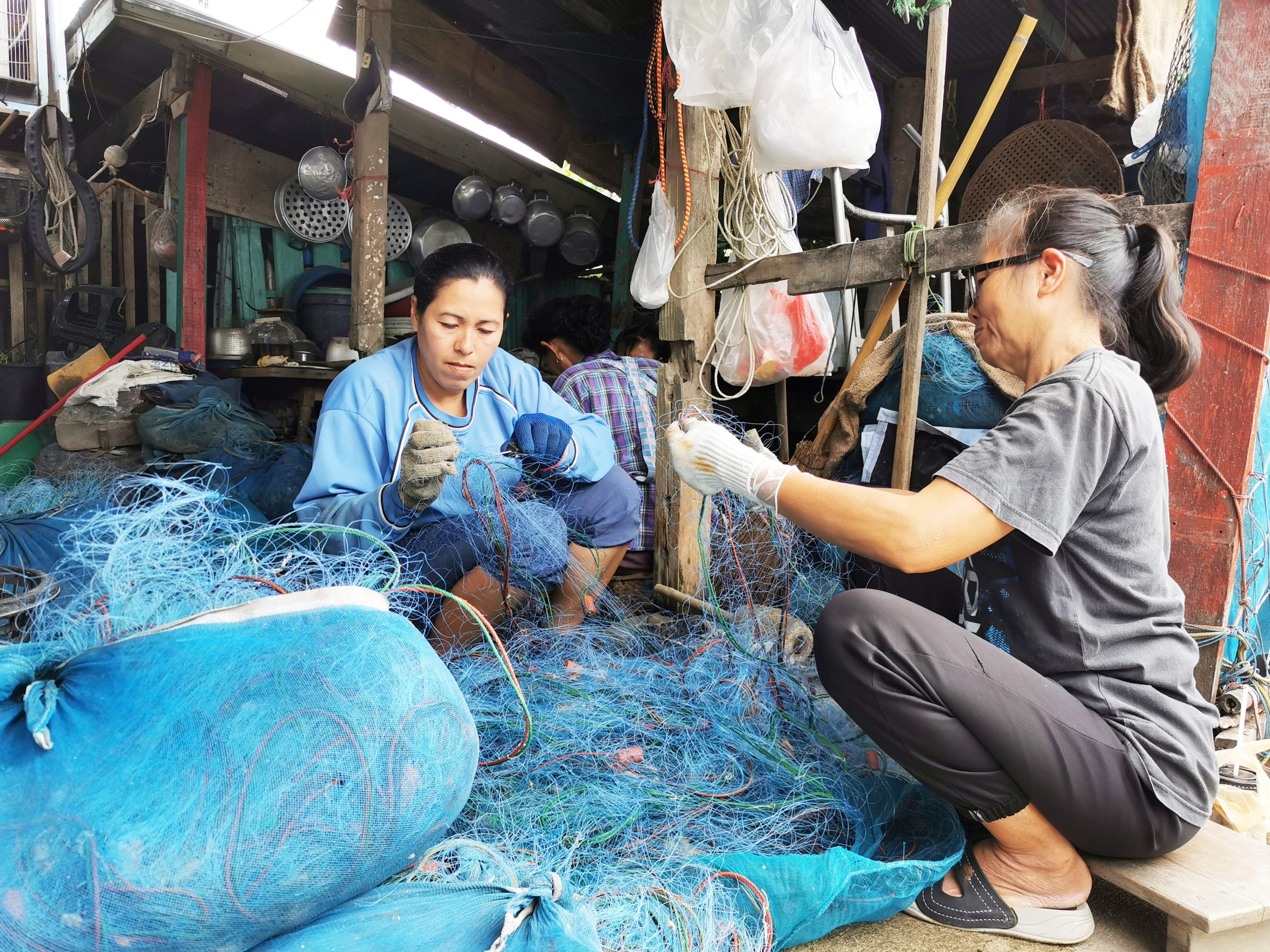
Women mending fishing gear, Thailand. Women’s rights as sea-going fishers have not been recognised, and the roles of women in post-harvest value addition and sales have been ignored.
Photo credit: SDF / Thailand

Fish market at Mumbai, India. It is observed that women who make a mark in these activities often work in groups and collectives pooling their finances, facilities and their enormous resourcefulness.
Photo credit: Shuddhawati Peke/ICSF

Small-scale fisherwoman at Barra de Santiago, El Salvador. Panelists pointed out the positive impacts that women’s involvement in conservation projects and sustainable fishing.
Photo credit: Byron Linares / IUCN
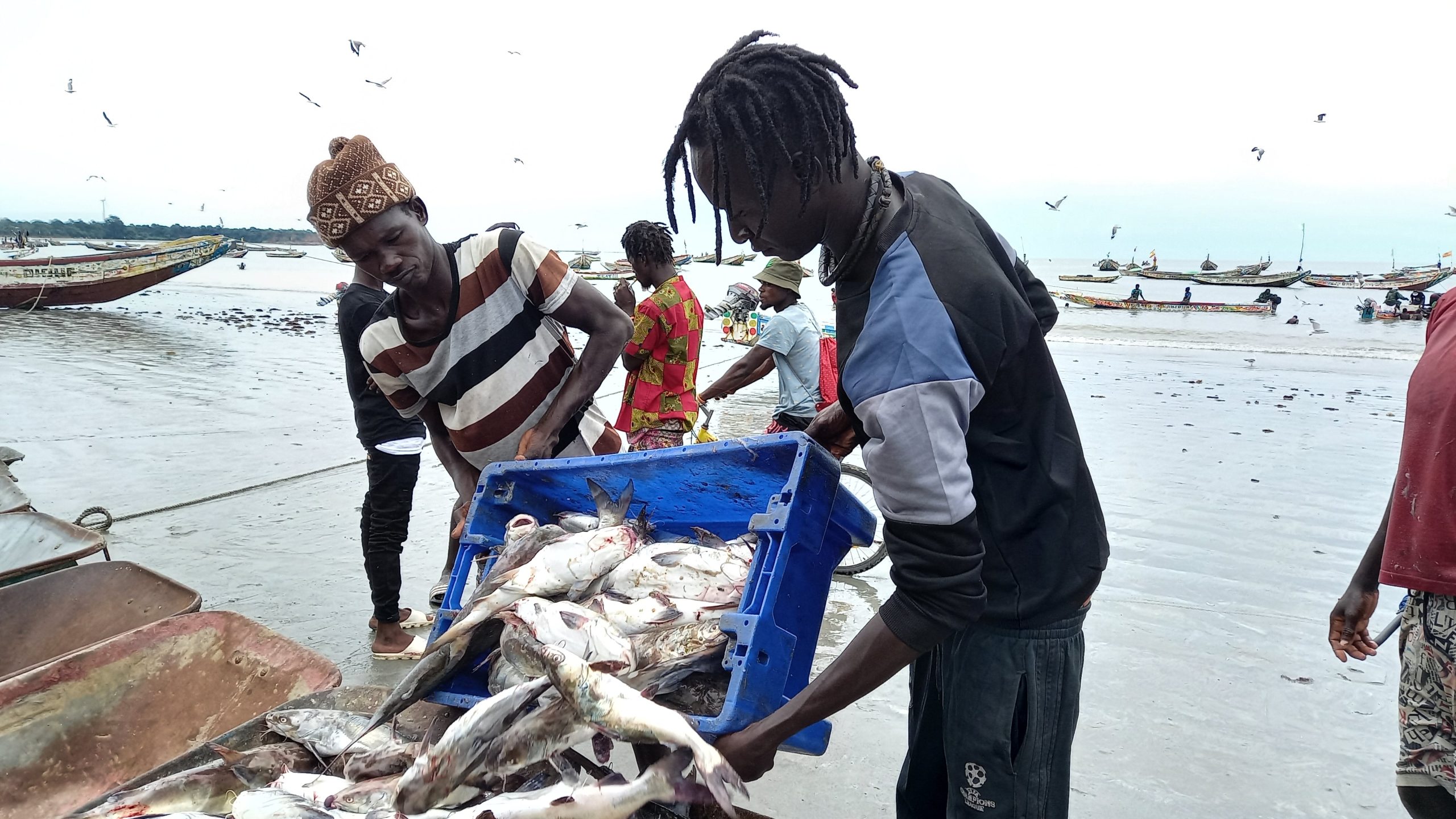
Fishermen unloading fish at the Gunjur landing site, The Gambia. Fishmeal factories compete with women for access to small pelagics, and encourage overfishing and illegal fishing.
Photo credit: Mamadou Aliou Diallo
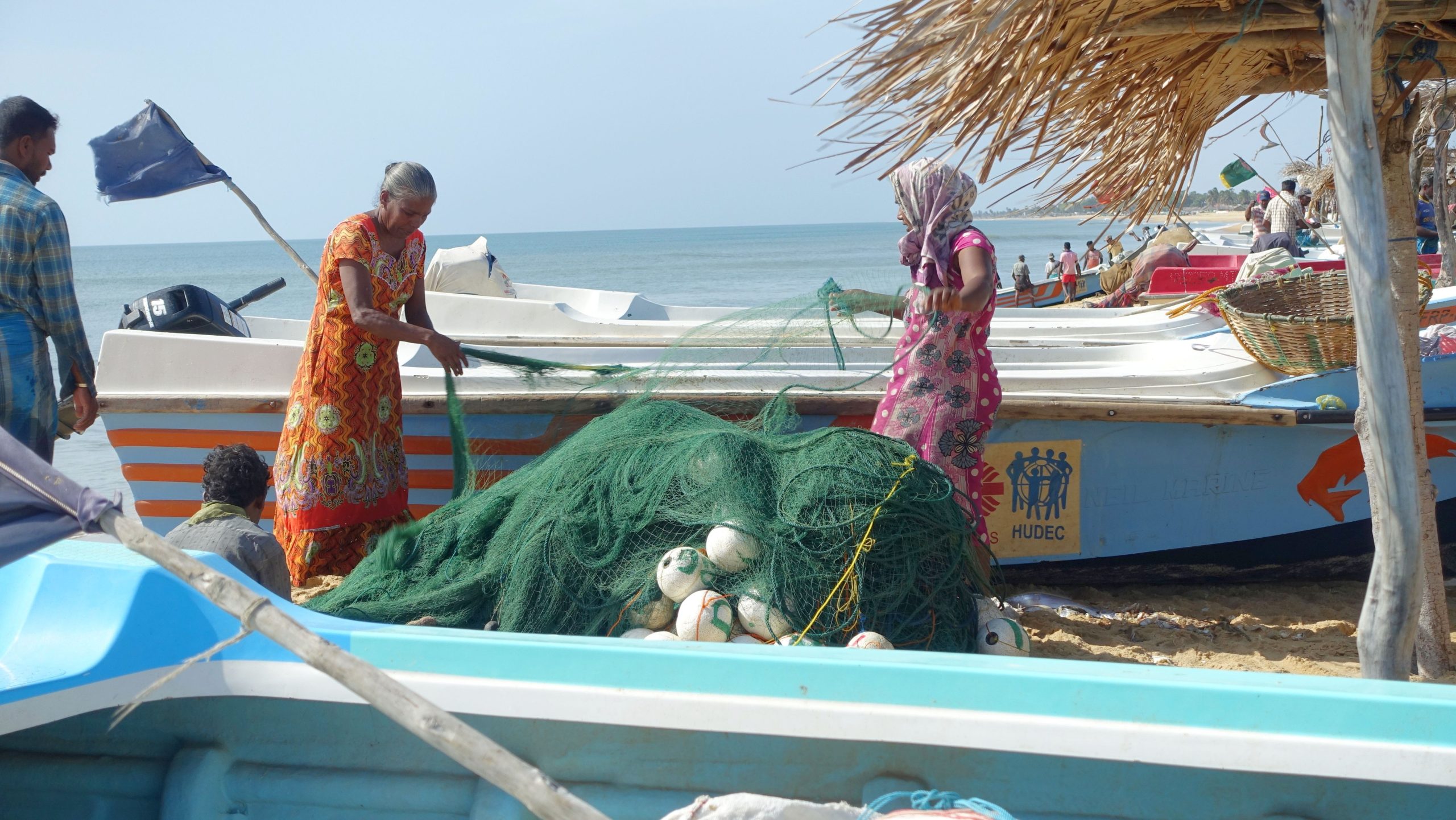
Mullathivu fisherwomen in Northeast, Sri Lanka. Issues of indebtedness are significantly higher in post-conflict areas, and in the North and the East, women are suffering from what they call the household debt crisis.
Photo credit: Cornelie Quist
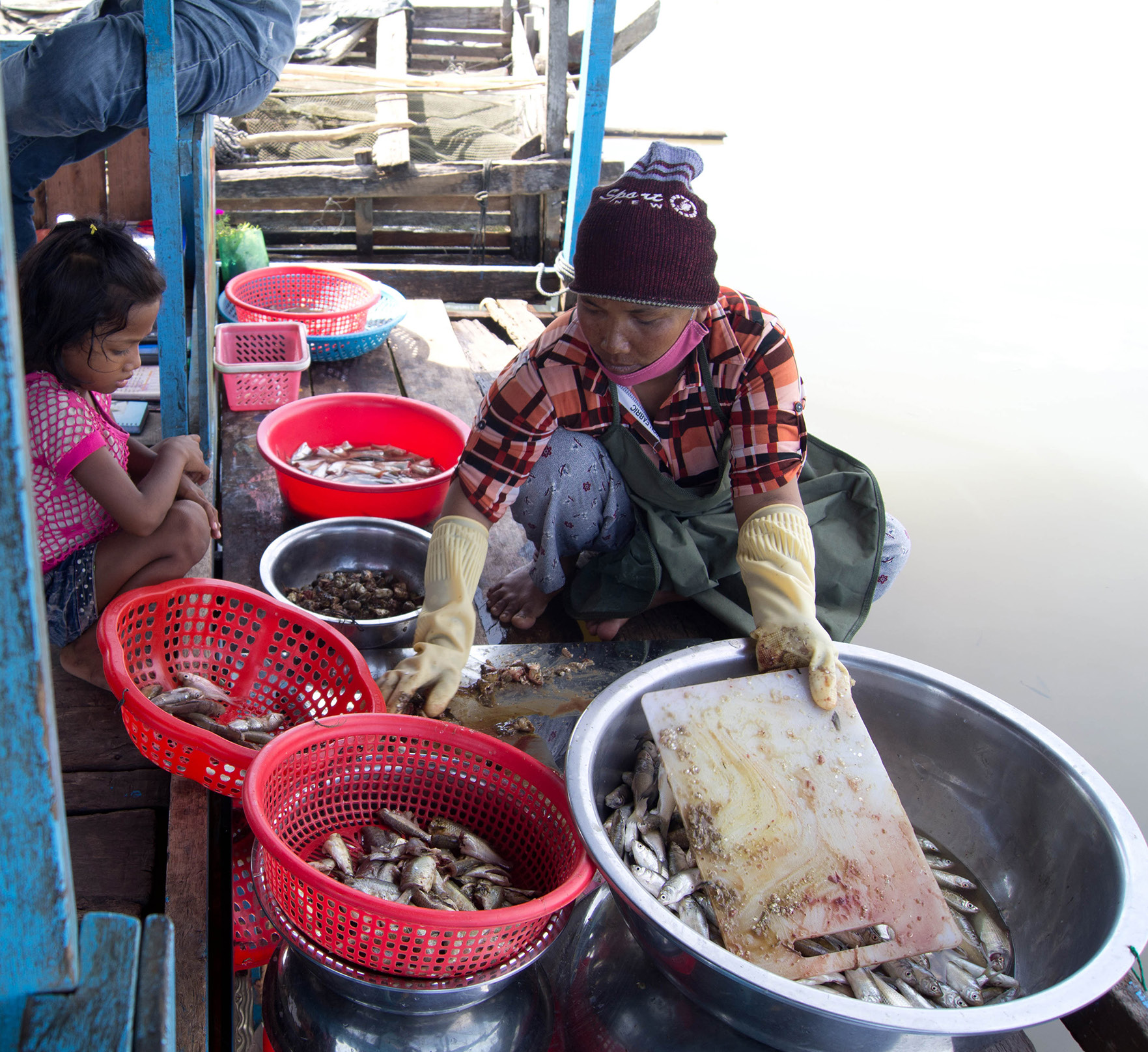
Sophy, a resident of a floating village on Tonle Sap Lake, cleans fish in preparation for making fish paste as her daughter looks on. In coastal fisheries across many societies, women contribute significantly to providing protein for their households.
Photo credit: Molly Bergen
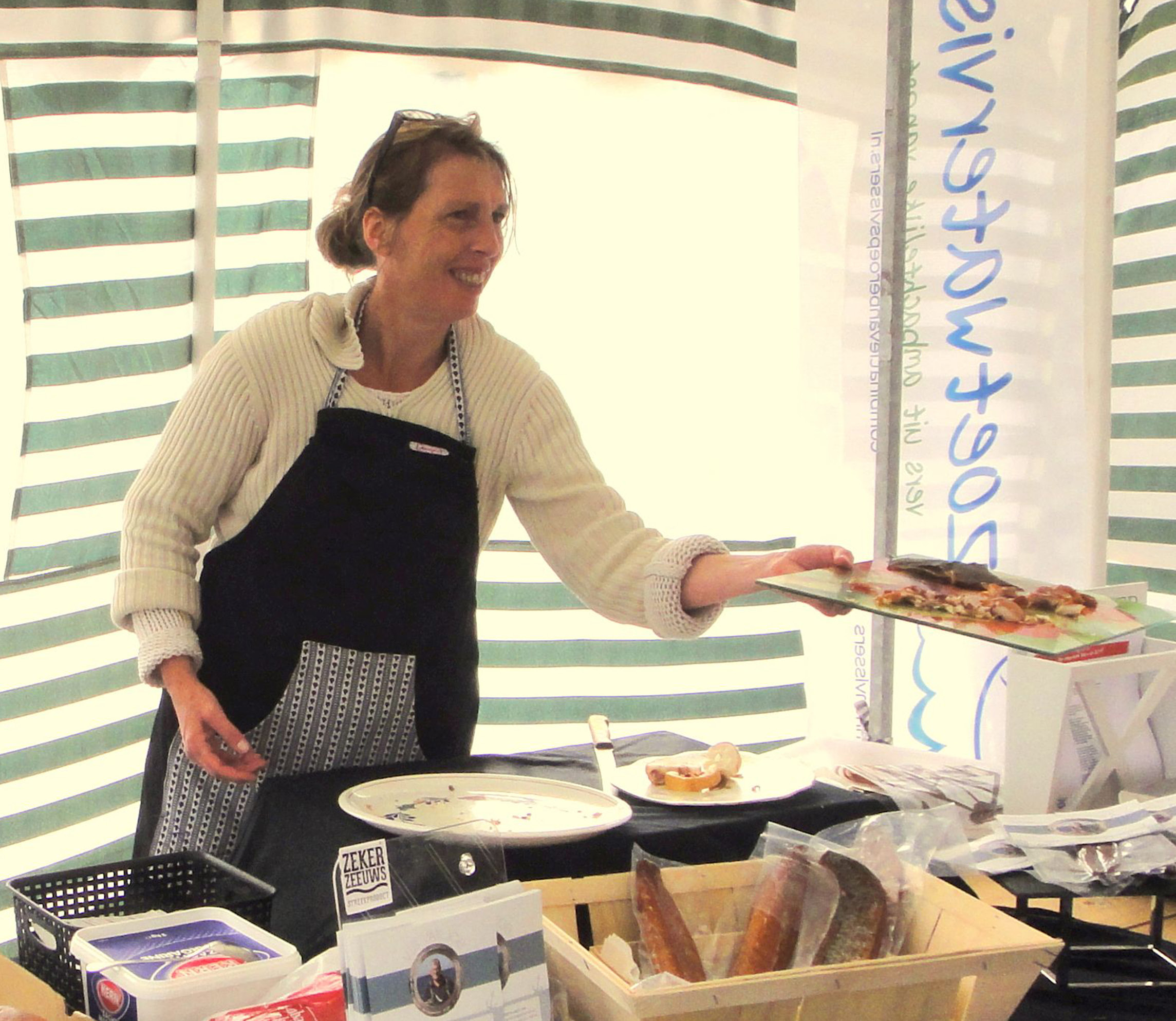
Miranda Bout promoting her fish, Zeeland, The Netherlands. We need more support for the small-scale and artisanal producers, in particular those working in the fisheries sector.
Photo credit: Cornelie Quist
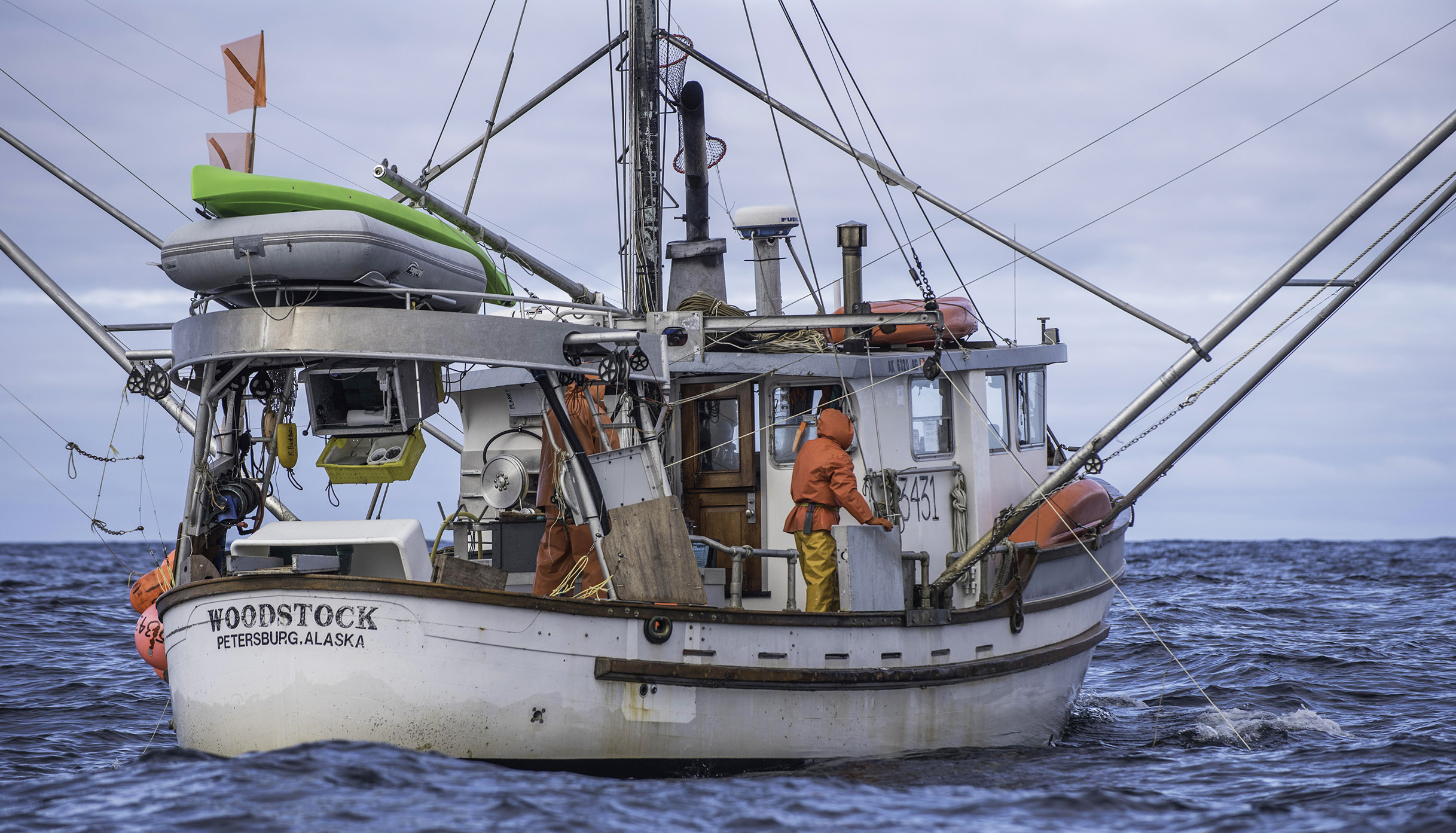
In Alaska, Women work with their families on boats, crew on other boats, and some own and operate their own boats. Women face challenges breaking into fishing in Alaska, but less cultural barriers than in other parts of the country and certainly than in other parts of the world.
Photo credit: Josh Roper
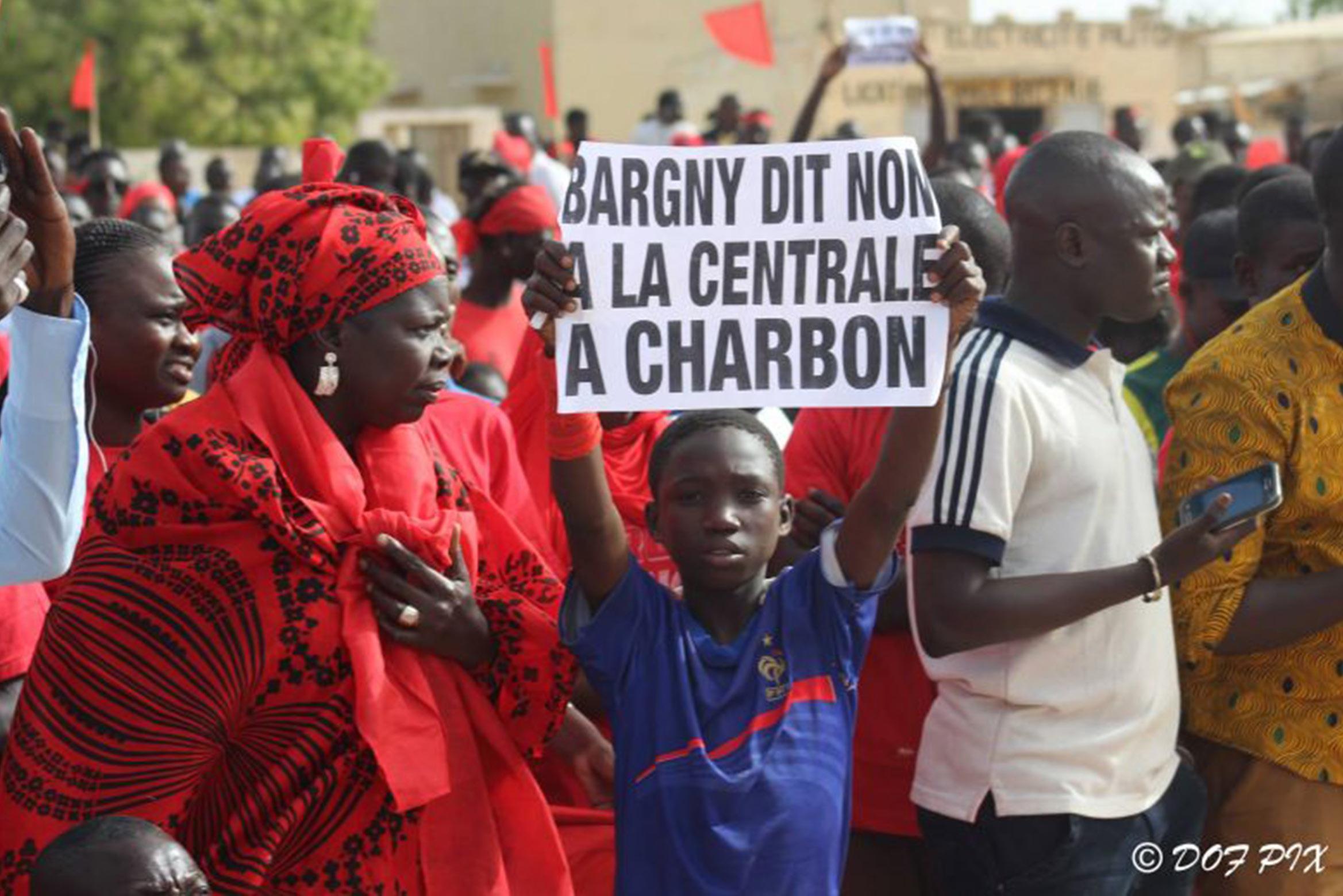
Bargny community protesting against the Sendou coal power plant, Senegal. The Association of the Women Fish Processors of Bargny Guedj Khelcom has expressed clear opposition to the Tosyali Holding Senegal project.
Photo credit: Lumiere Synergie Pour Le Developpement (Coalition for Human Rights In Development)
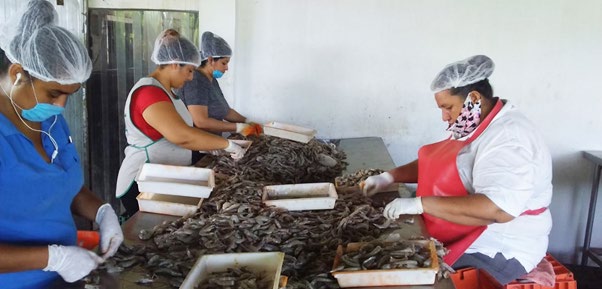
Fisherwomen in Altata, Mexico, sorting shrimps by size. Government agencies should provide adequate support so that the right measures are collectively implemented across the fisheries. United efforts are needed for the inclusive and sustainable revival of the small-scale fisheries in Mexico.
Photo credit: Yanett Castro
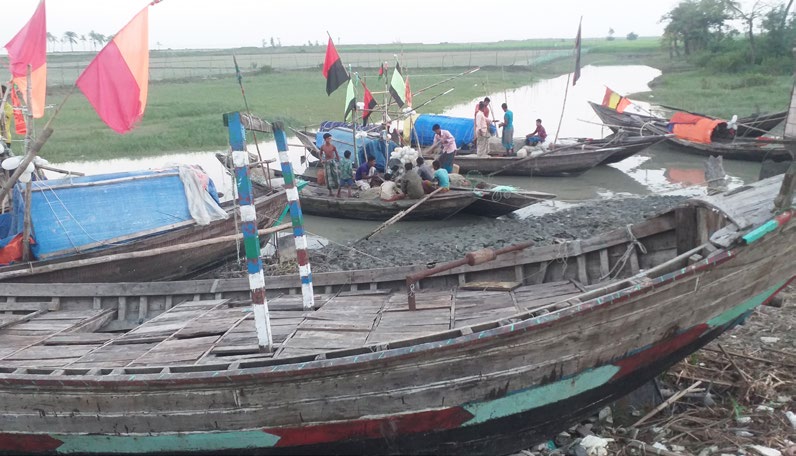
Fish landing centre in Manpura, Bangladesh. Civil society groups have asked for an integration of the human rights based approach and pointed out that the right to land, marine territories and access to resources in these ecosystems be recognised as a central challenge impeding gender equity.
Photo credit: Atikur Rahman